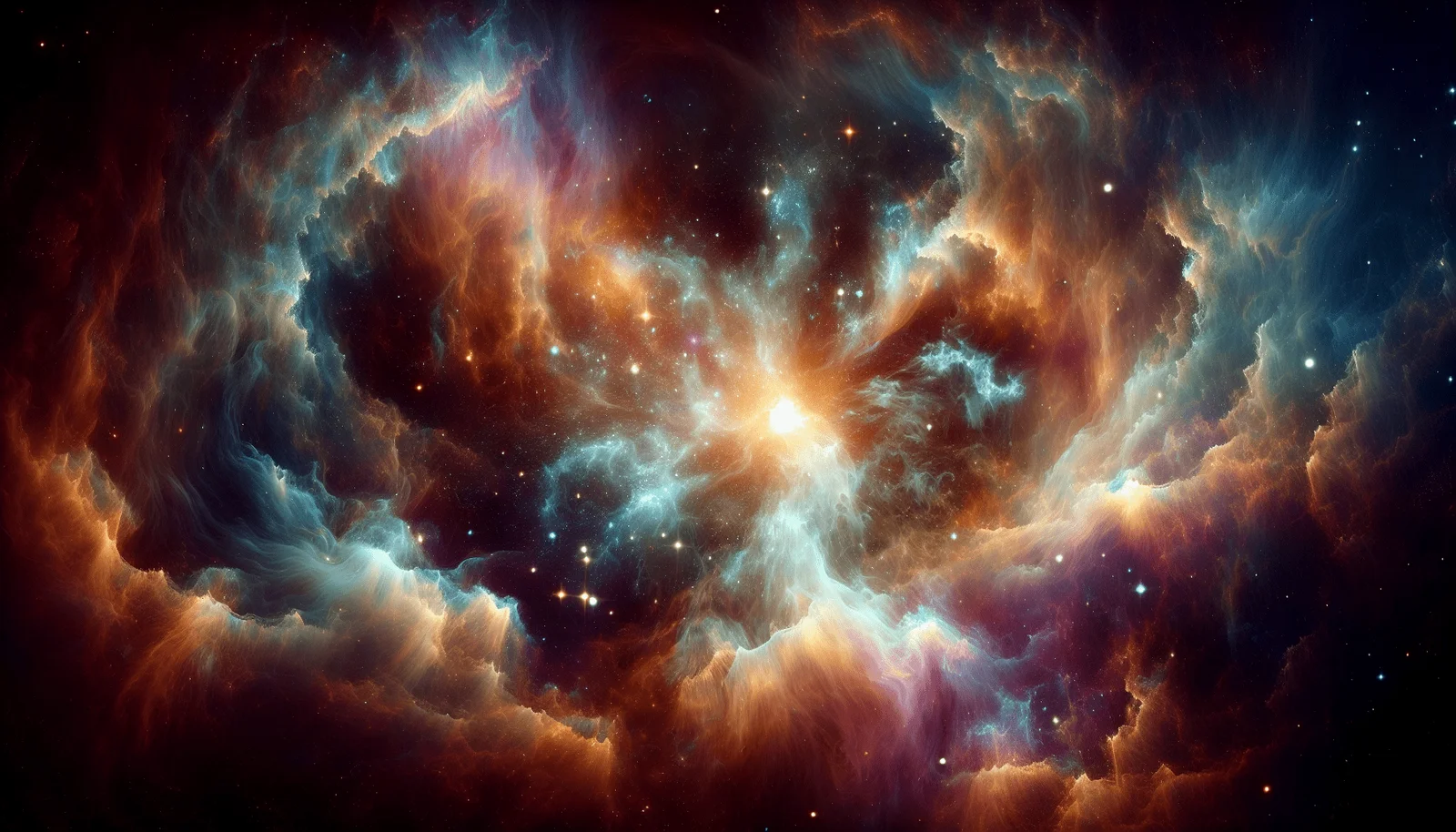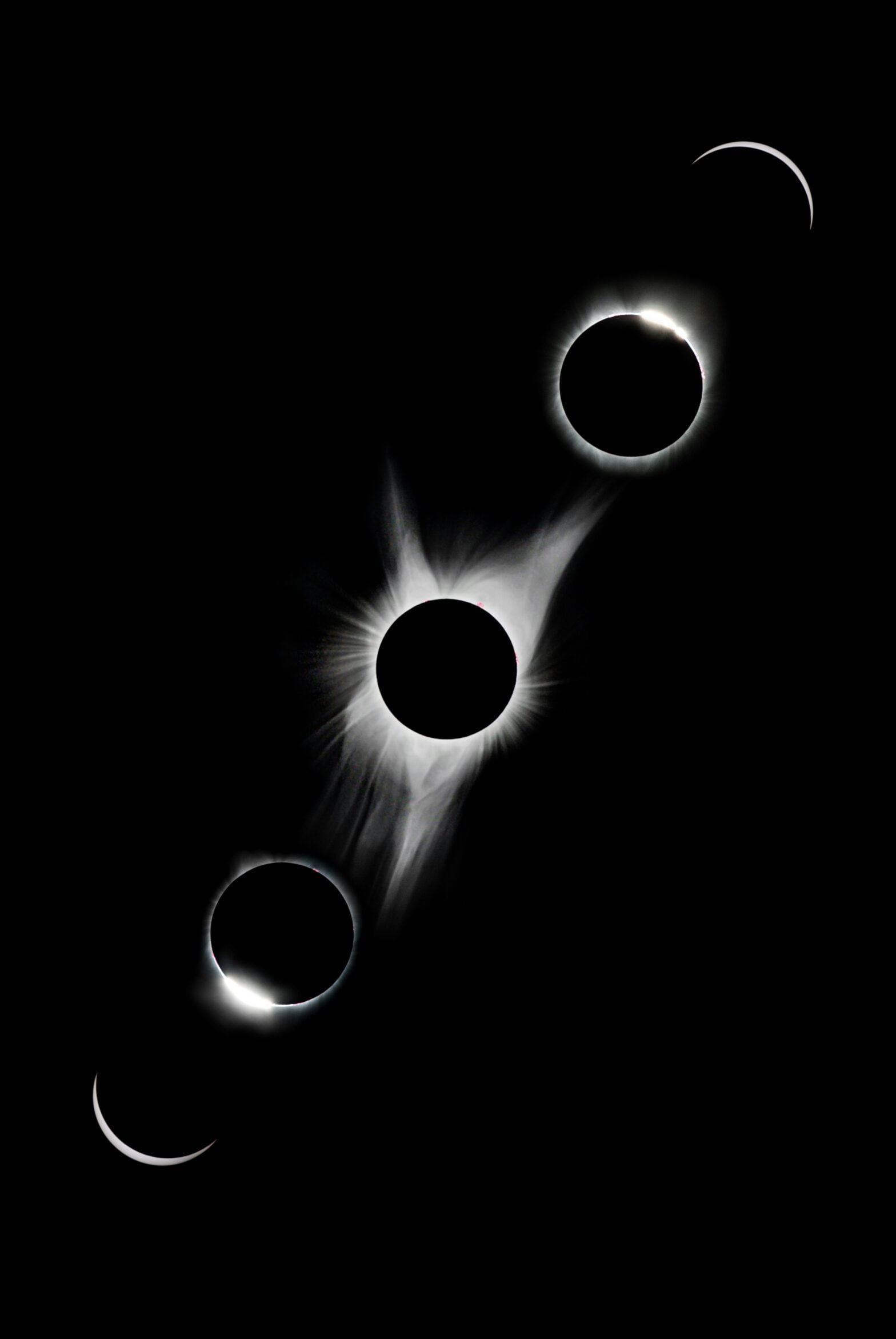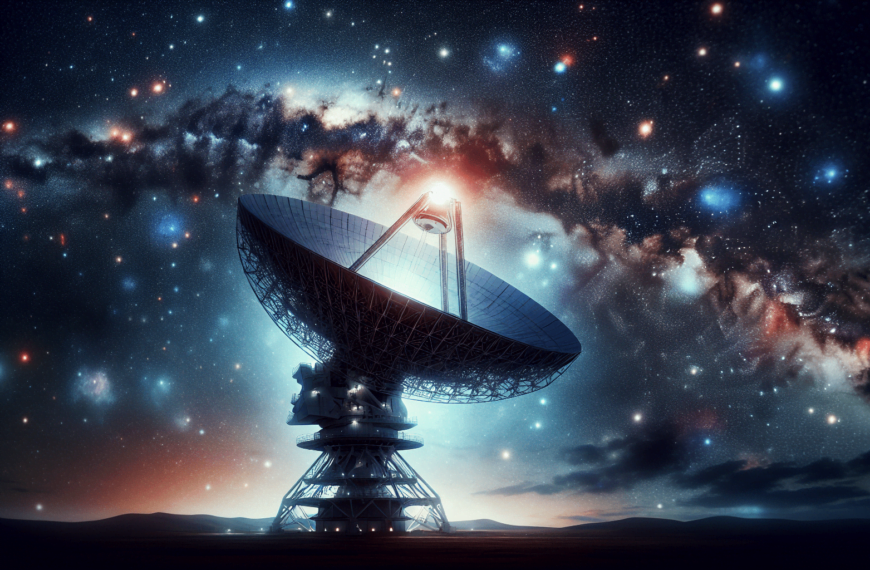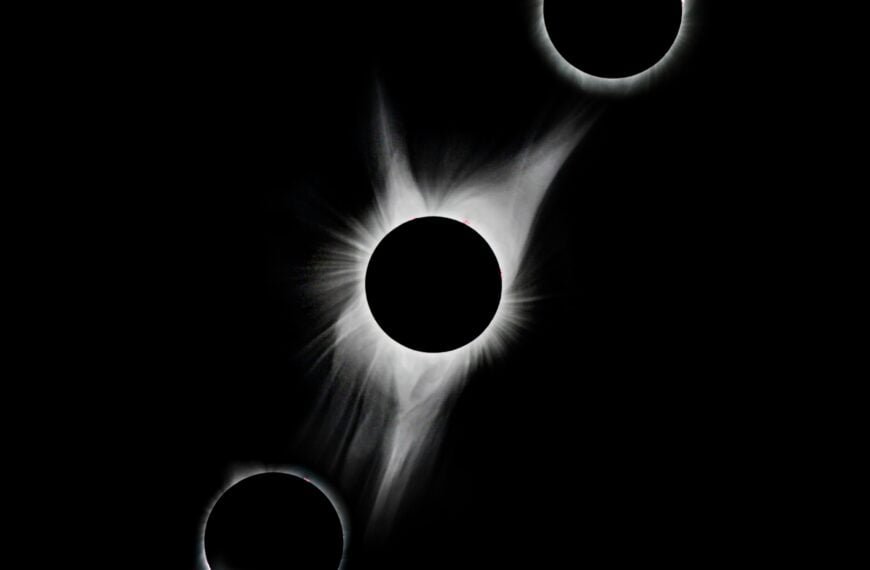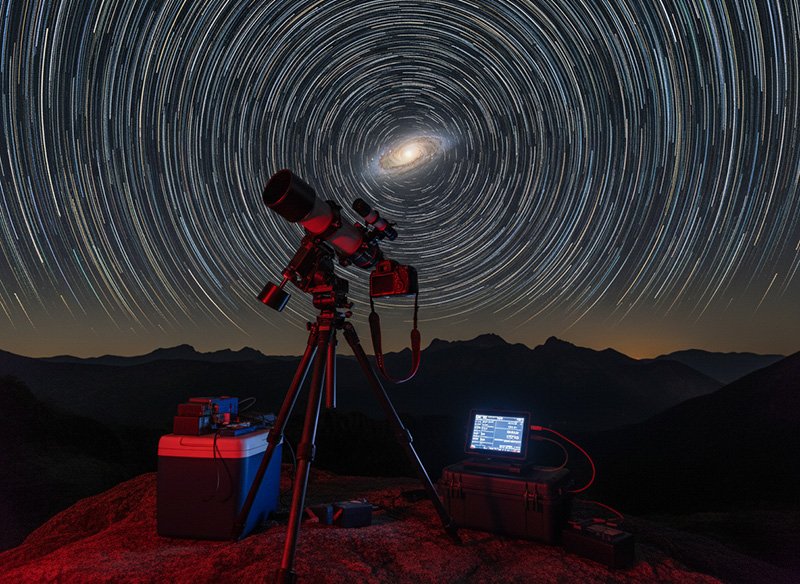Have you ever wondered how far back we can truly see into the depths of the universe? While astronomers have long relied on various wavelengths of the electromagnetic spectrum to explore the cosmos, there is a limit to what we can observe using light alone. However, a promising alternative exists in the form of gravitational waves. These waves, predicted by Einstein and already detected by the LIGO-Virgo observatory, could provide a glimpse into the first minute of the universe and help unravel some of its deepest mysteries. Researchers at the University of Southampton, Rishav Roshan and Graham White, believe they can use gravitational waves to break through the barrier of opaque ionized gas that surrounded the early universe, allowing us to probe even further back in time. By utilizing different detection strategies, such as pulsar timing arrays and interferometry, they hope to unlock the secrets of the universe beyond the Standard Model of physics. Gravitational waves may just hold the key to expanding our understanding of the cosmos like never before.
Introduction
When it comes to studying the universe, astronomers have traditionally relied on the electromagnetic spectrum, observing various wavelengths of light emitted by celestial objects. However, this approach has its limitations. The light we observe from distant objects is actually from a time when the universe was only 380,000 years old. This means that we are missing out on crucial information about the earlier stages of the universe’s existence. Fortunately, there is an alternative method to explore the cosmos: gravitational waves.
The Limitations of Studying the Universe with Electromagnetic Spectrum
The main drawback of studying the universe using the electromagnetic spectrum is that we can only observe light that has had enough time to reach us. This means that we are limited to observing objects and events that occurred a certain number of years ago. For example, the light we observe from a distant galaxy might be millions or even billions of years old. This restriction prevents us from gaining a complete understanding of the universe’s earliest moments and the processes that shaped it.
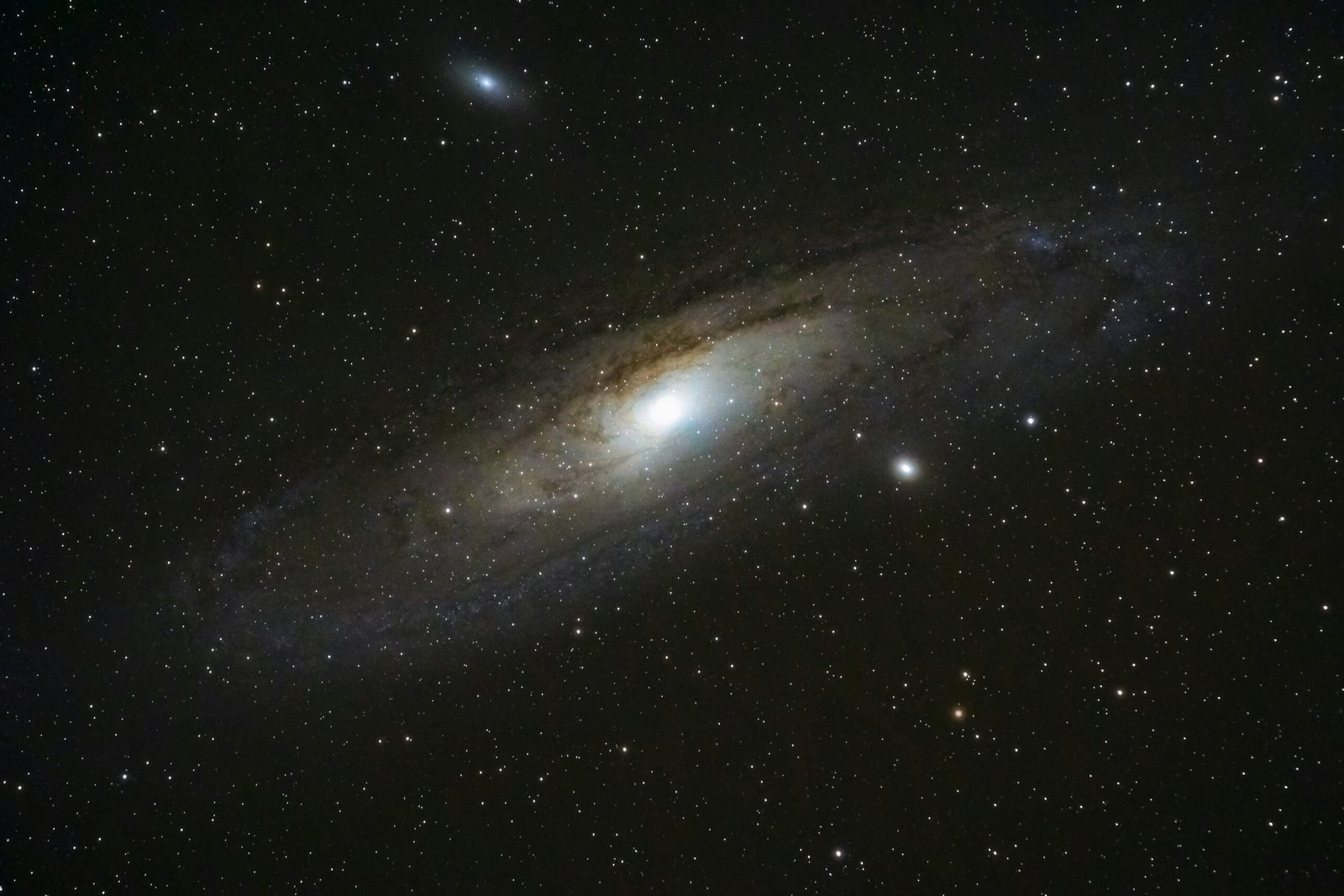
The Concept of Gravitational Waves
Gravitational waves are disturbances in the fabric of space itself, caused by the movement of massive objects. Just as a stone thrown into a pond creates ripples on the surface, the movement of massive objects in space creates waves that propagate through the cosmos. These waves carry energy across the universe and provide valuable insights into celestial phenomena.
First predicted by Albert Einstein in his General Theory of Relativity in 1916, gravitational waves were not detected until 2015. The LIGO-Virgo Observatory made history by detecting gravitational waves originating from the merger of two black holes located 1.3 billion light years away. Since then, over 100 detections have been made, confirming the existence of gravitational waves and opening up a new avenue for exploring the universe.
Detection of Gravitational Waves
The discovery made by the LIGO-Virgo Observatory in 2015 marked the beginning of a new era in astronomy. By detecting the gravitational waves produced by the merger of two black holes, scientists were able to directly observe a cosmic event that was otherwise invisible to traditional methods of observation. This breakthrough opened up a plethora of opportunities to learn more about the universe’s most extreme phenomena.

Probing the Universe’s Earliest Moments
Thanks to the detection of gravitational waves, researchers now believe that they can probe even further back in time and uncover the universe’s earliest moments. In the early stages of the universe’s formation, it was filled with ionized gas, making space opaque to electromagnetic radiation. This barrier prevented us from observing what happened in the universe’s earliest stages. However, gravitational waves are not affected by this gas, allowing us to potentially break through this barrier and study the universe in its infancy.
Three Major Strategies for Detecting Gravitational Waves
There are three primary strategies for detecting gravitational waves: pulsar timing arrays, astrometry, and interferometry. These techniques all rely on the disturbance of space by gravitational waves, albeit in different ways.
Pulsar timing arrays involve observing the precise timing of pulses emitted by pulsars, which are rapidly rotating neutron stars. Any small variations in the arrival times of these pulses can be attributed to the presence of gravitational waves. This method allows astronomers to indirectly detect the presence of gravitational waves by analyzing the variations in pulsar signals.
Astrometry, on the other hand, involves measuring the precise changes in the angular velocity of celestial objects caused by the passing gravitational waves. By monitoring these tiny alterations in motion, astronomers can infer the presence of gravitational waves. This technique is particularly useful for studying nearby objects in our galaxy.
Interferometry utilizes the interference of light waves to directly detect the minute changes caused by gravitational waves. By splitting a laser beam and measuring the interference pattern created by the two beams, astronomers can determine the presence and properties of gravitational waves. This approach is the one used by the LIGO-Virgo Observatory.
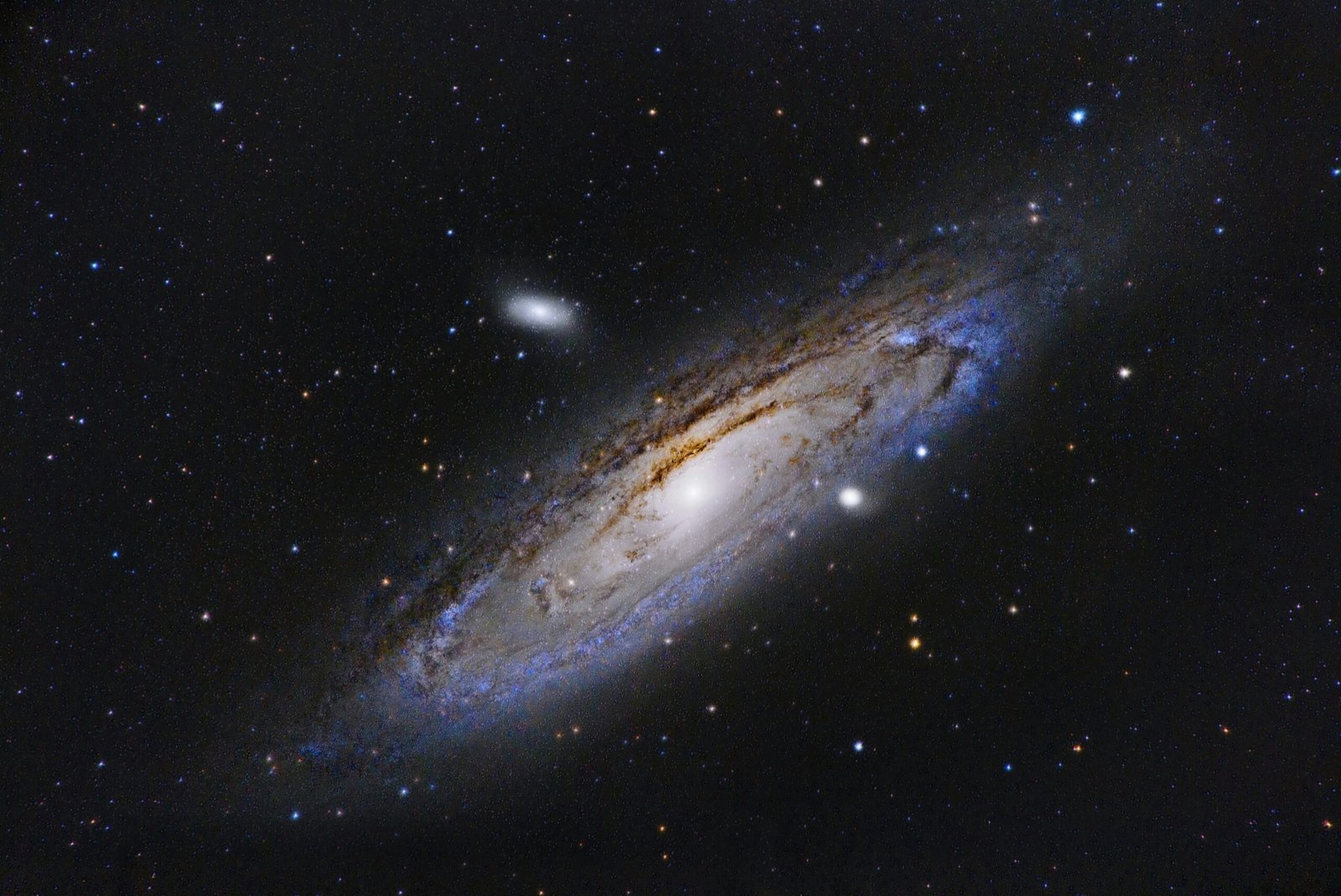
The Role of Gravitational Waves in Understanding the Universe
Gravitational waves have already proven to be a vital tool for studying distant cosmic events such as black hole mergers and neutron star collisions. However, their impact extends beyond these specific phenomena. By studying gravitational waves, scientists hope to gain a deeper understanding of fundamental questions about the nature of the universe, such as the origin of dark matter and dark energy, the nature of space-time, and the behavior of gravity itself.
Unlocking Mysteries Across Space and Time
Gravitational waves have the potential to unlock mysteries not only across space but also across time. By utilizing the information carried by these waves, scientists hope to obtain a more complete picture of the universe, including its earliest moments. This newfound ability to observe events that were previously hidden from our view opens up a whole new realm of possibilities for exploration and discovery.
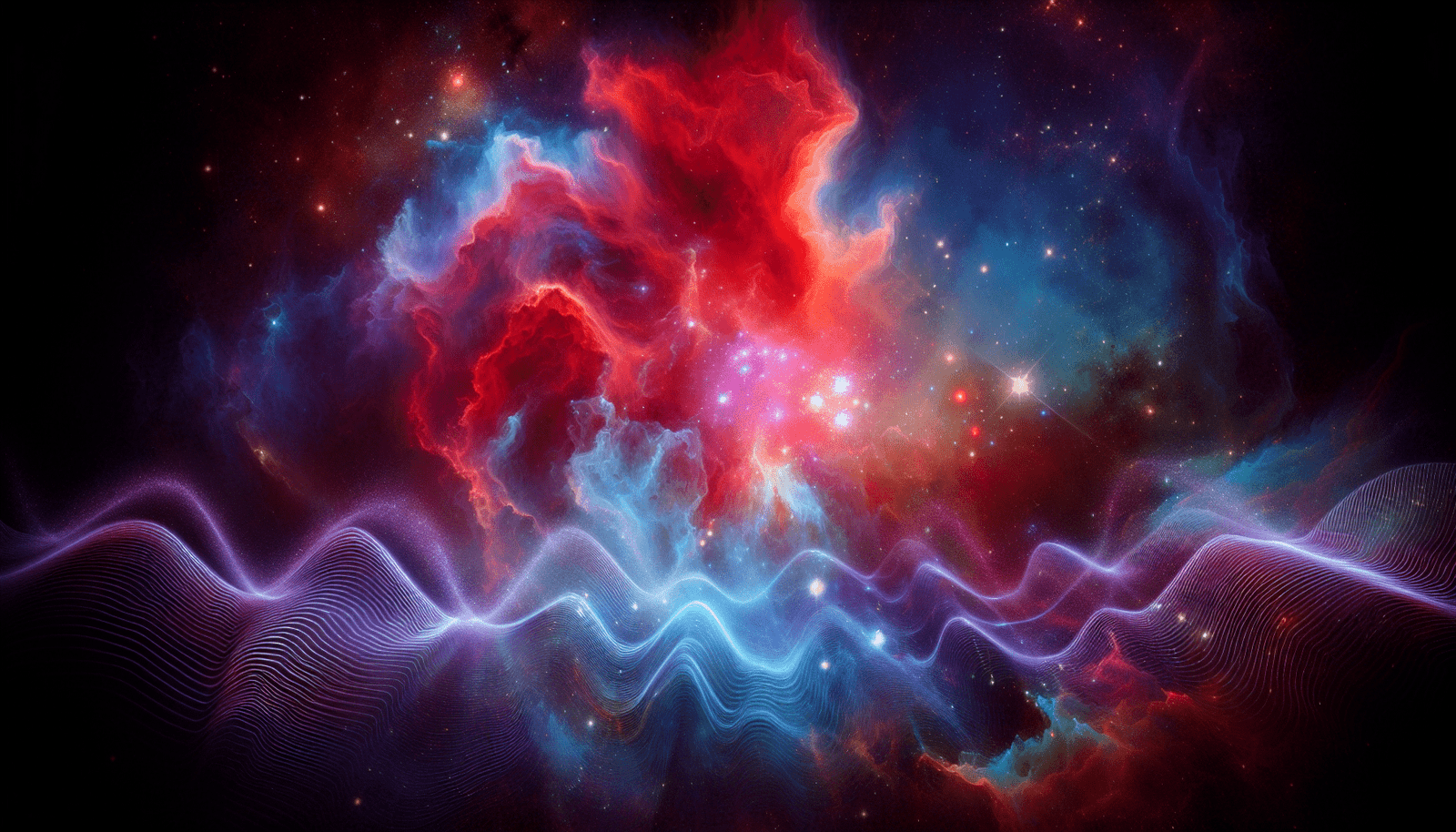
Gravity Waves and the Standard Model
To fully understand the universe, researchers need to go beyond the Standard Model, which describes the behavior of matter and the fundamental forces. Gravitational waves offer a new perspective on the universe’s workings, complementing and expanding upon our current understanding. By studying gravitational waves, scientists can refine existing theories and potentially develop new models that better explain the complexities of the cosmos.
Conclusion
The discovery and detection of gravitational waves have opened up a whole new realm of exploration in our understanding of the universe. By utilizing this groundbreaking technology, scientists hope to probe deeper into the universe’s past and unravel the mysteries that have eluded us for centuries. Gravitational waves offer a unique perspective on cosmic events, allowing us to observe phenomena that were previously invisible to traditional methods of observation. As we continue to refine our techniques and technology, the study of gravitational waves promises to revolutionize our understanding of the universe and our place within it.
